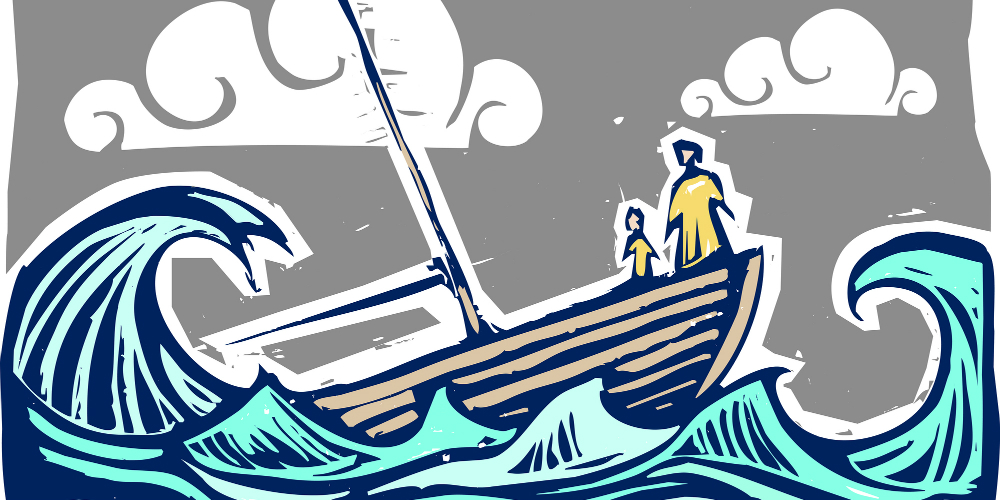Got promoted? Ready your C-legs

Have you ever experienced the somewhat dizzying sensation of getting on a boat and feeling like you’re trying to walk in Jell-O?
The science of getting your sea legs is that when you board a boat your equilibrium needs to adjust to the rocking and swaying motion of the water. Once your brain learns that the boat underneath you is going to be in constant motion and makes adjustments accordingly, that’s when you get your sea legs.
Getting your sea legs is not a “one and done” accomplishment; rather it’s an adjustment process your brain undergoes every time you board a vessel and come back to land. With practice, you can become a pro at getting your sea legs on the water and getting your C-legs at work.
Plot Your Course
Before you became the captain of your ship, chances are you focused on your individual priorities, then your crew’s priorities, and then your organization’s priorities. You likely spent the majority of your time making sure “your work” got done and that you did it well while hoping to earn a promotion.
Getting things done is important, and being effective and efficient is the sign of a great manager. Great managers manage tasks.
However, if you aspire to get your C-legs, your focus needs to be less on completing tasks and more on making a difference at the strategic level for your organization.
That means your time, resources and priorities are spent first and foremost on your CU’s mission. Your crew is a close second in your focus, and then, finally, you give time to yourself and “your work.”
- Organizational Focus: Look up and out. As the captain you need to focus on where your CU is heading. Your business is to ensure your area is concentrating on its contribution to this larger destiny.
The view from the bridge of the ship is higher, you have the charts, you have the compass, and you’ve received the briefing that no one else on your ship has. It is solely up to you to communicate to your crew and help them contribute to the ultimate mission and not let your ship get sidetracked by the many strong currents and diversions that could push you off course. There will always be many small emergencies on your voyage, but you must keep in mind that your focus needs to be on the mission, and not any individual tasks on the ship.
- Time With the Crew: Communicate “the why.” You are no longer the implementer; you are the facilitator and chief motivator.
You are responsible for managing relationships that will produce the best possible outcome for your organization. Be sure you are creating an environment of discussion, exploration, negotiation and, ultimately, consensus. Your employees need you to help them understand that they are part of something bigger than the tasks at hand. You need to help them appreciate that they are part of a mission.
Communicating the why means your crew needs to feel you are present. To do this, take the time to check in periodically. Call a team leader when you are on the way to the office or a meeting. Reach out to a lieutenant via text just to check on his or her progress and to reinforce the mission. If you manage a large region, get out there and meet and greet periodically so your crew sees you.
Your face-to-face time is a priority, but not to help with tasks. Your time with the crew is to ask how you can make their experience better and communicate the greater mission.
- Your Work: Leaders Eat Last. The reality is that the captain of the ship spends the day ensuring the ship stays on course through the storms and challenges that are ever present.
To be a successful leader, you must recognize that the daily tasks you once focused on, such as reading and answering emails, completing reports, or writing evaluations, often get accomplished at off hours and out of sight. Your time during the day is better spent at the strategic level.
Getting and keeping your C-legs is all about focusing your time on strategy, coordination and diplomacy. You need to do operational tasks when you can find the time but, better yet, you should delegate them.
As the leader, you need to make sure you are focusing on the organization’s priorities, make sure your crew is taken care of, and then you can take care of yourself.





